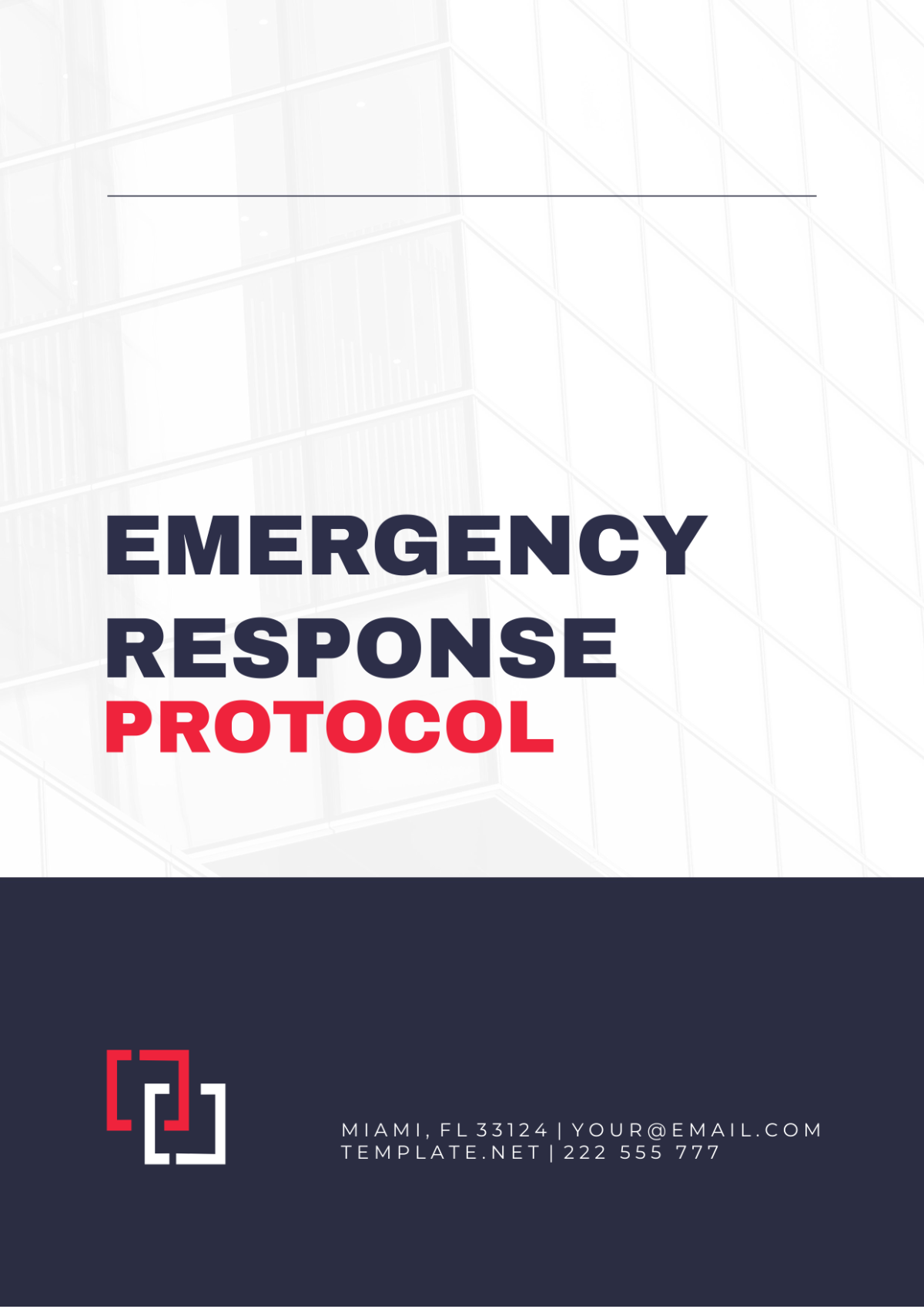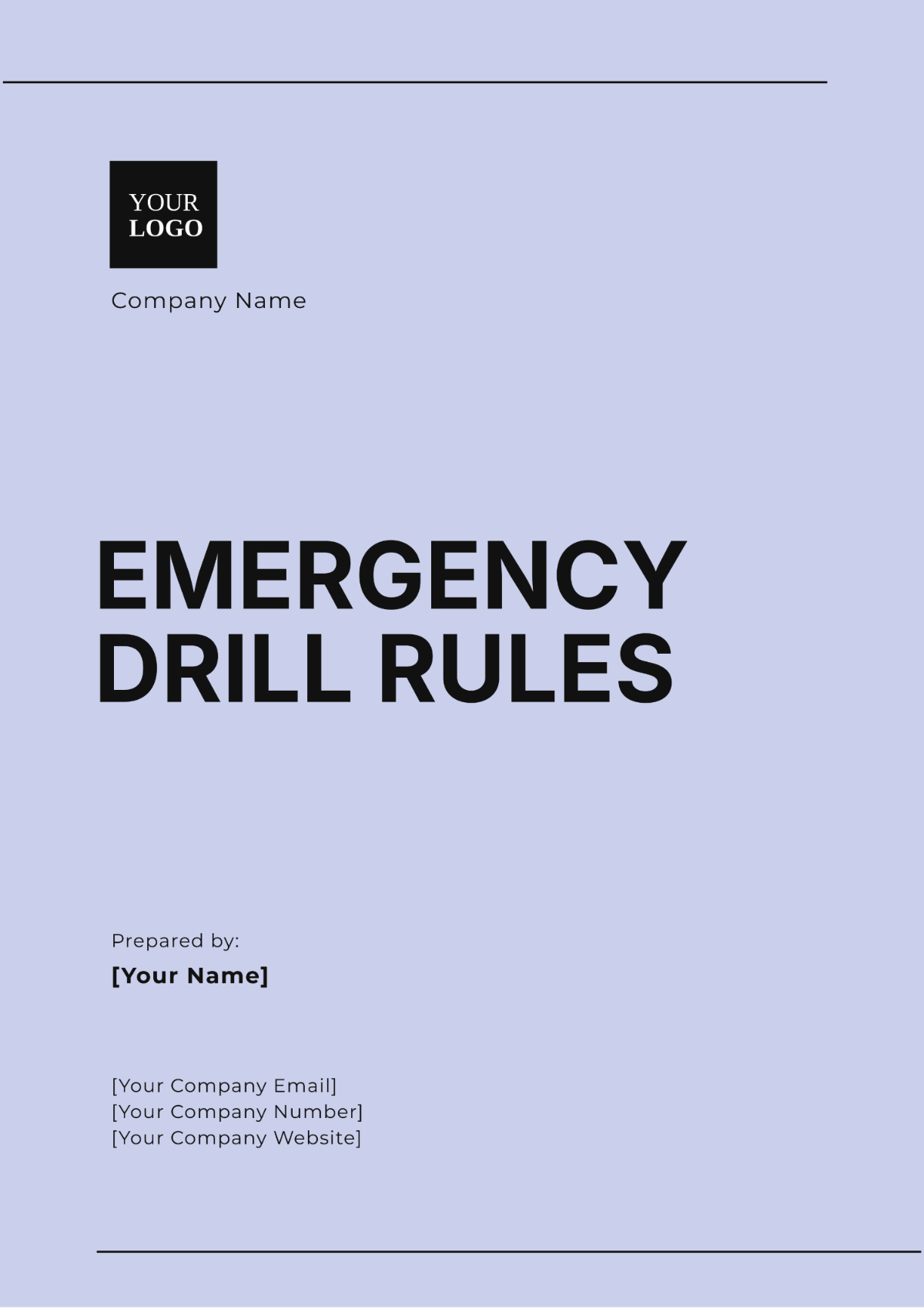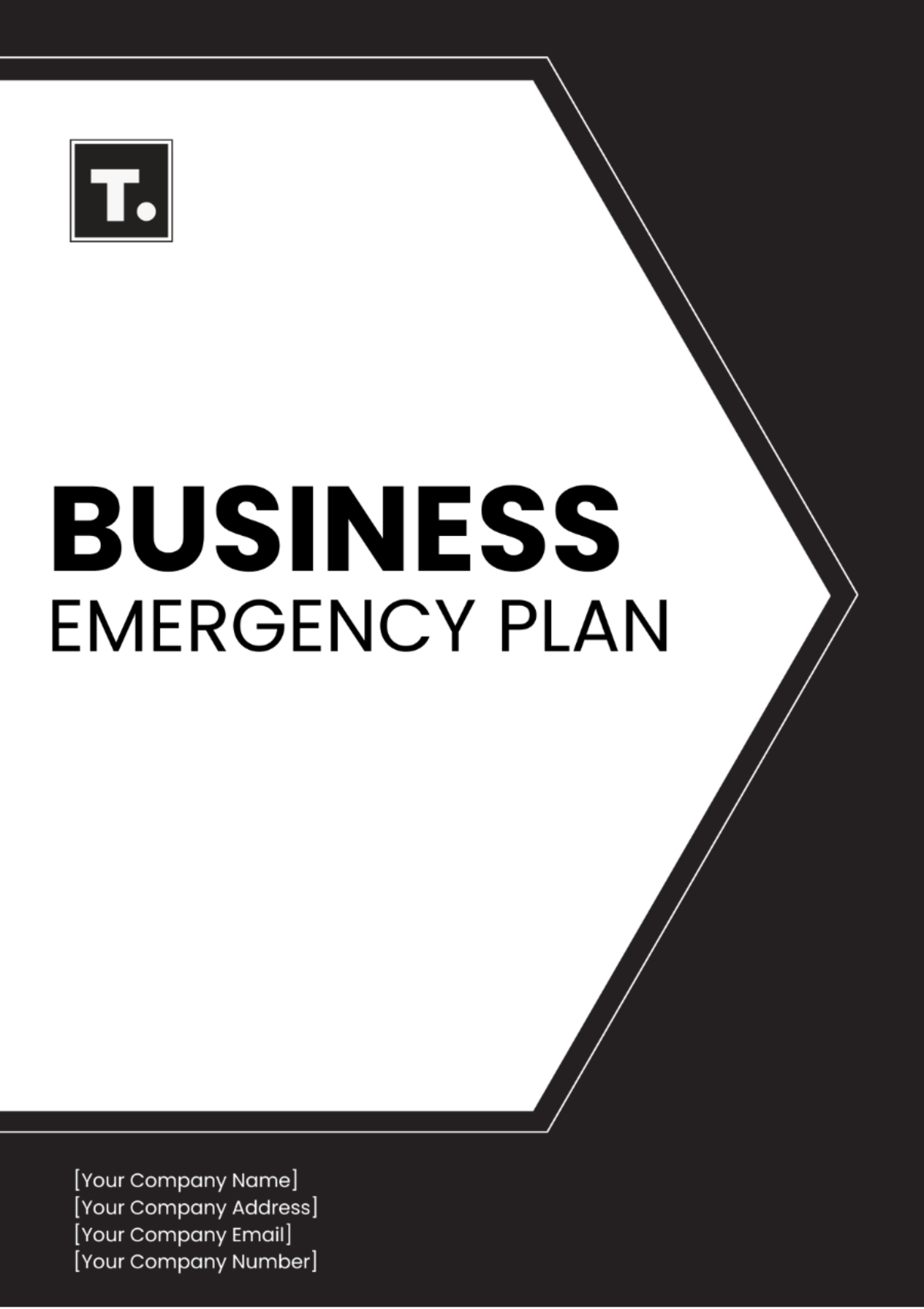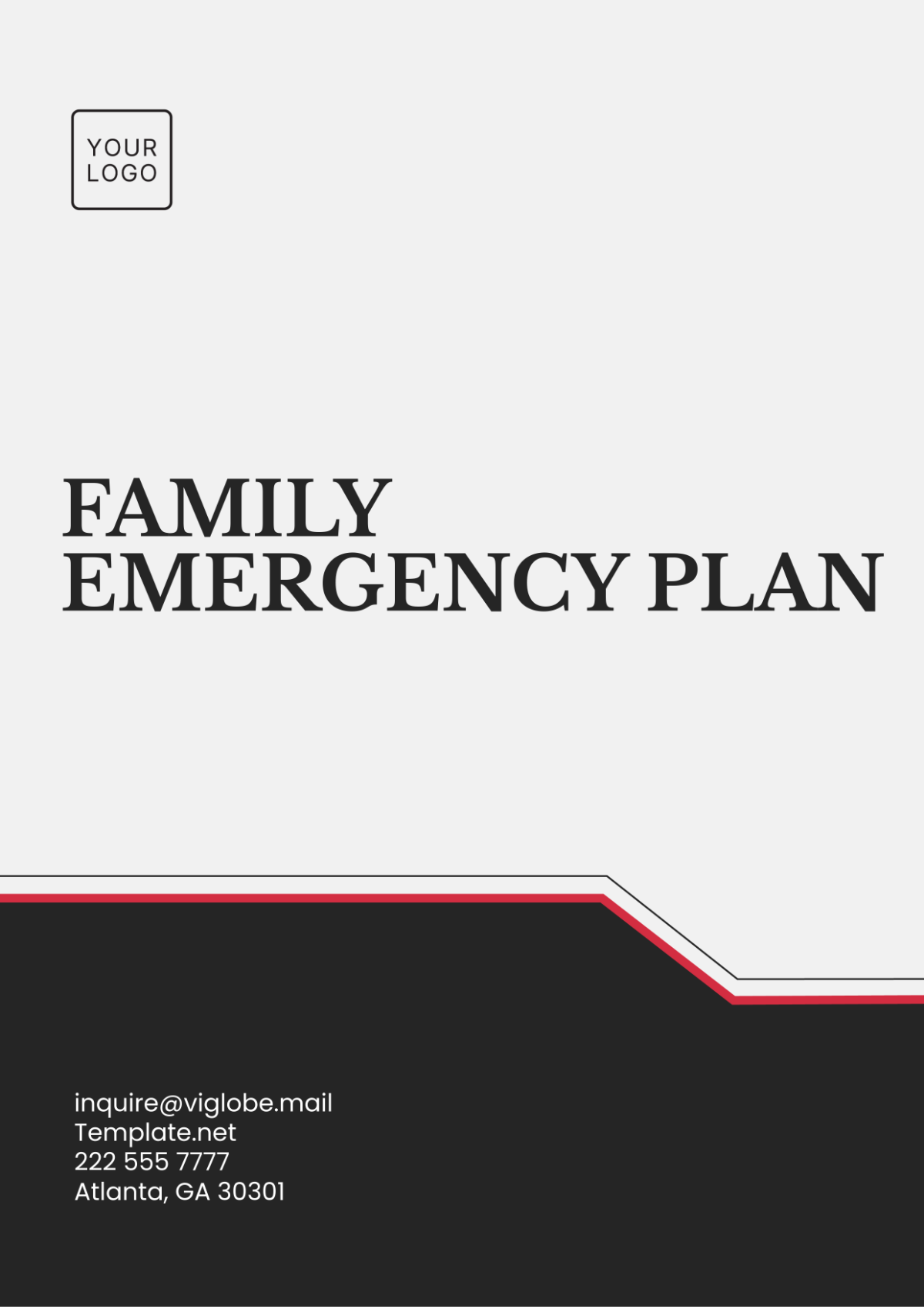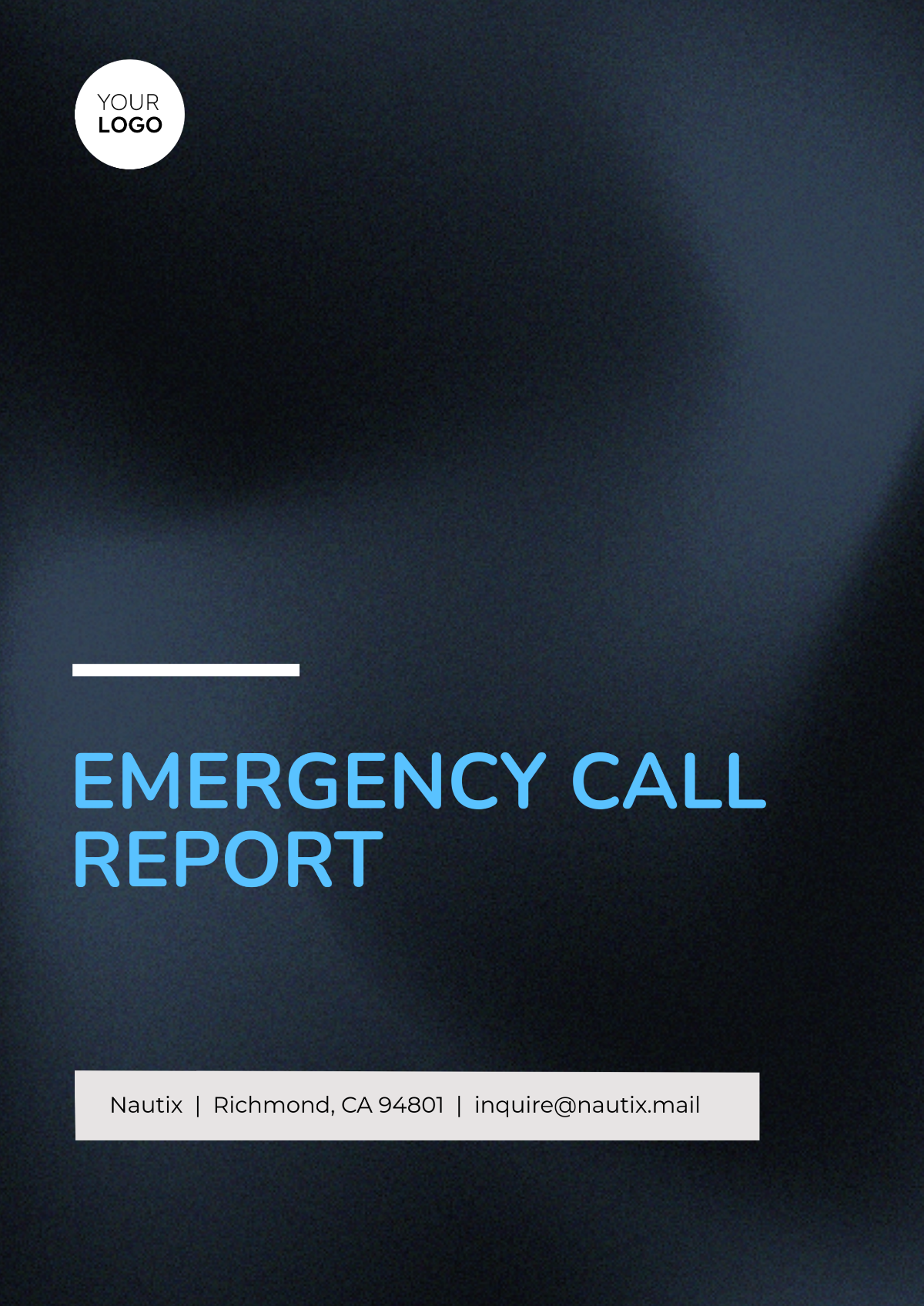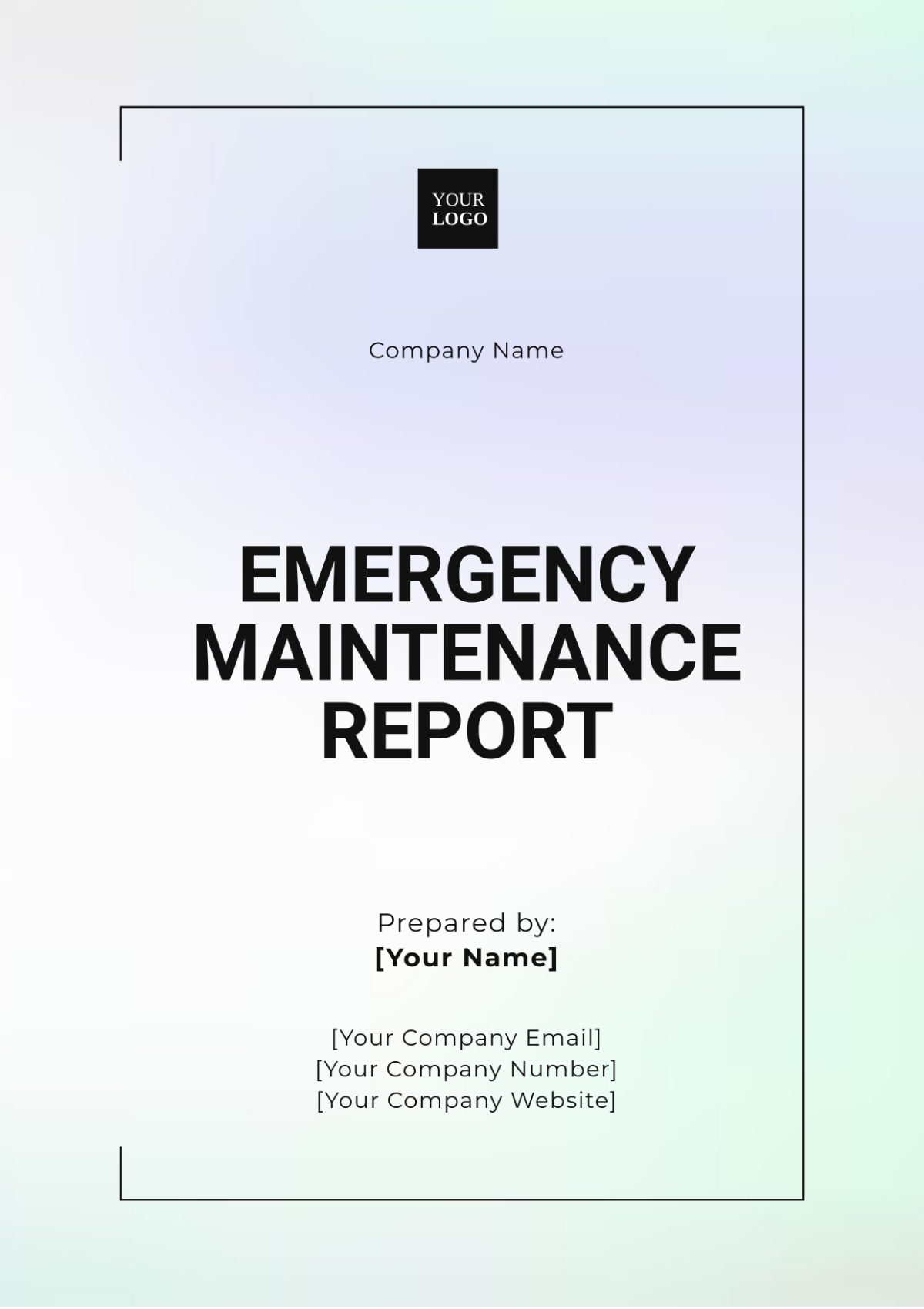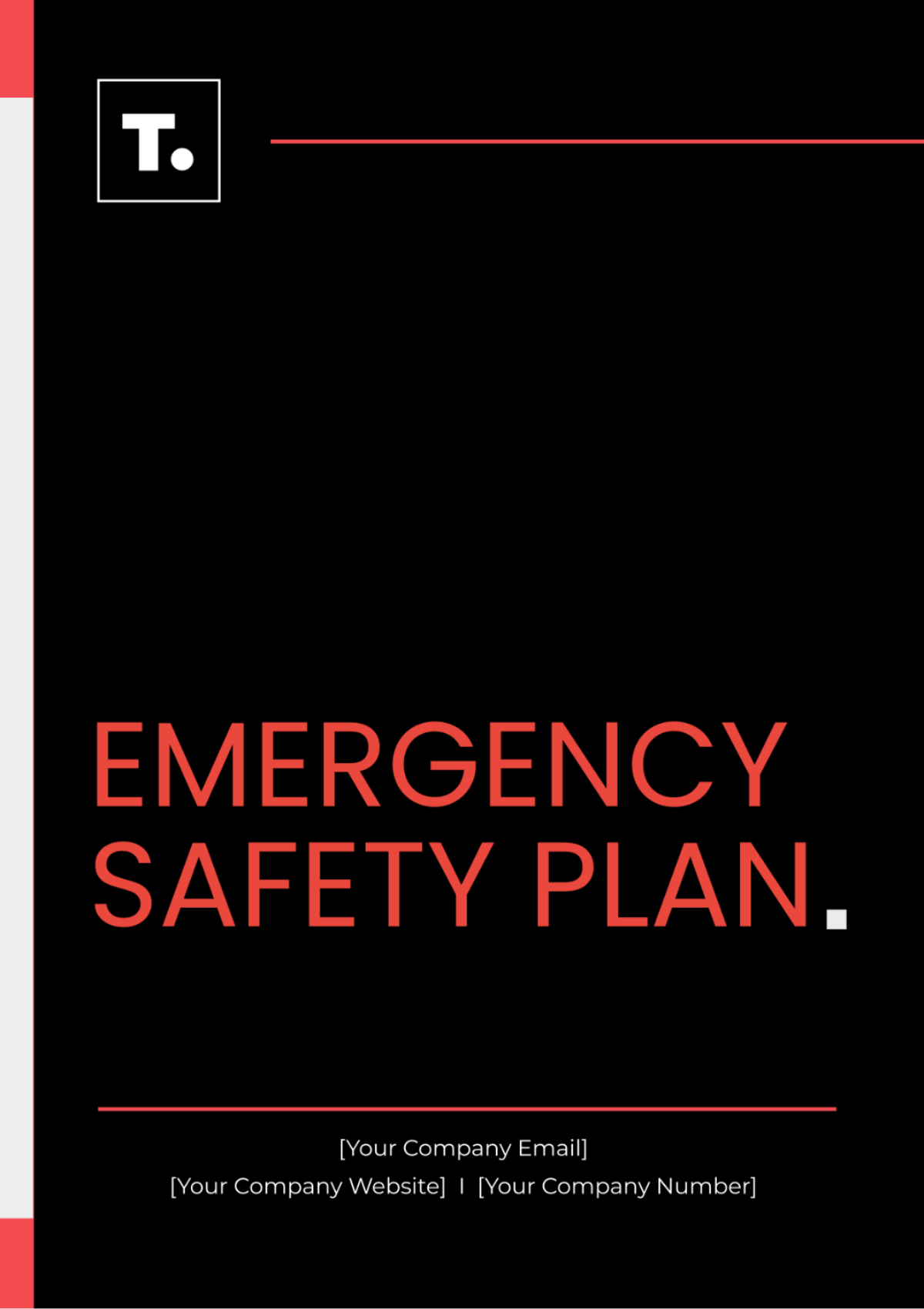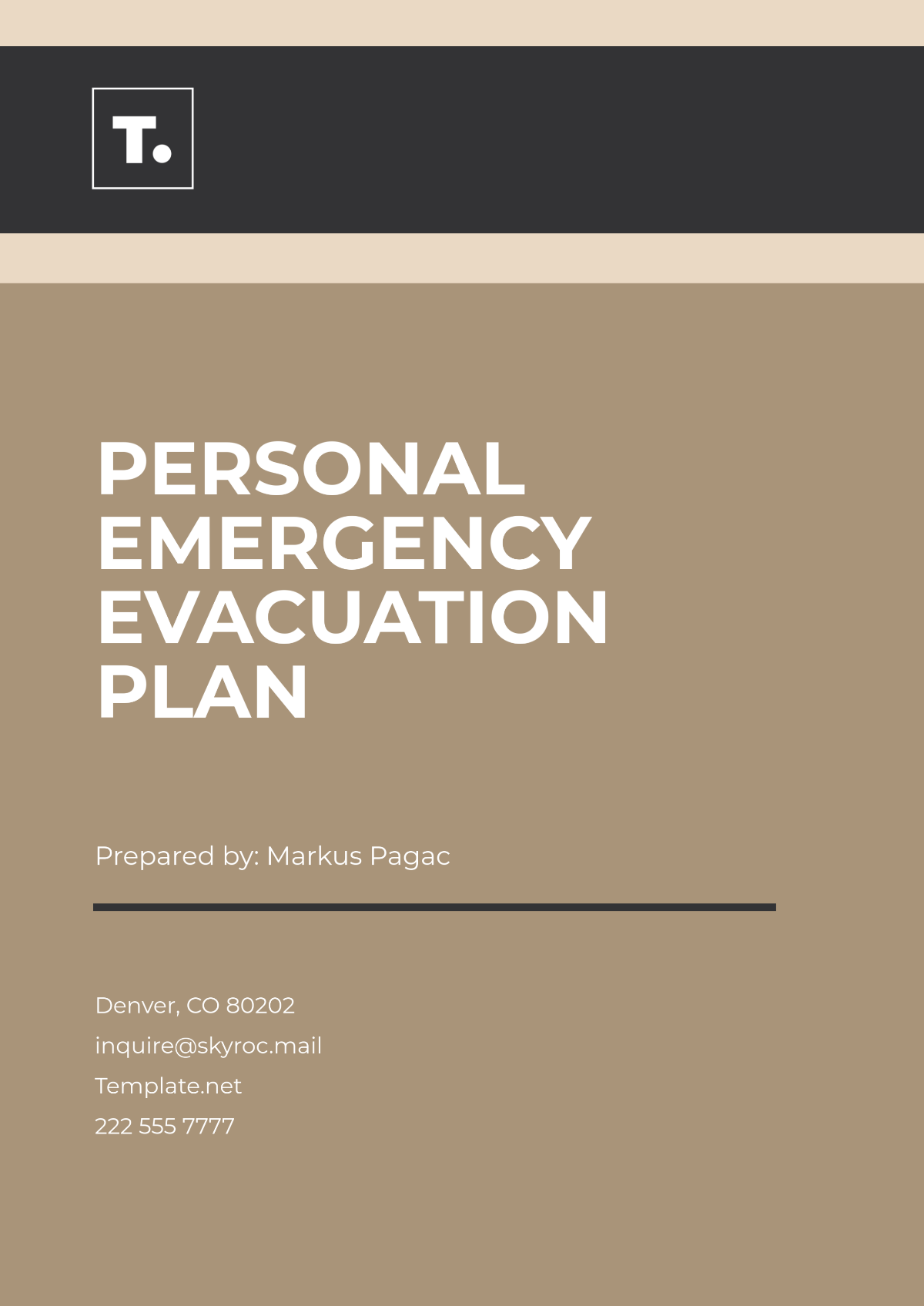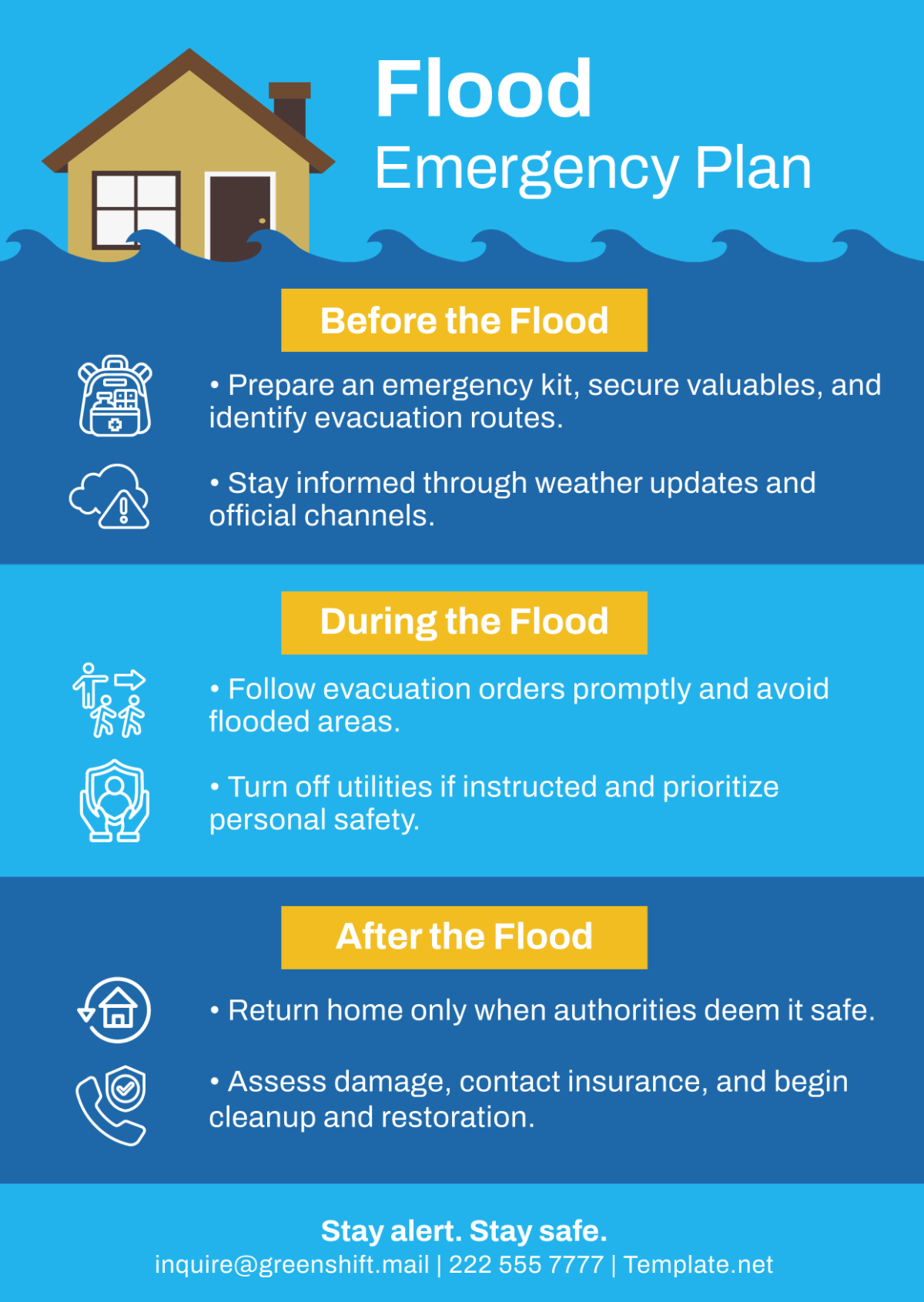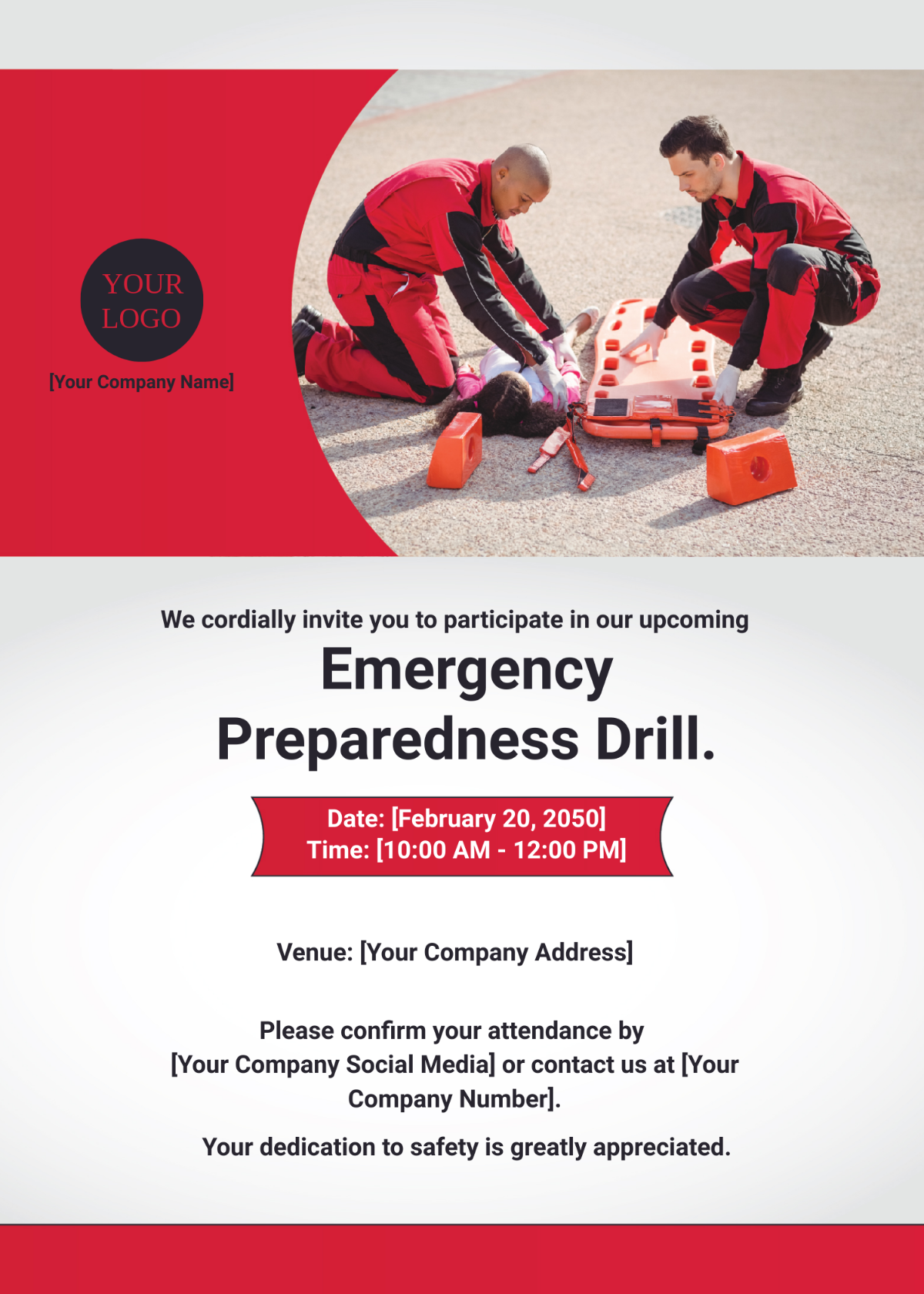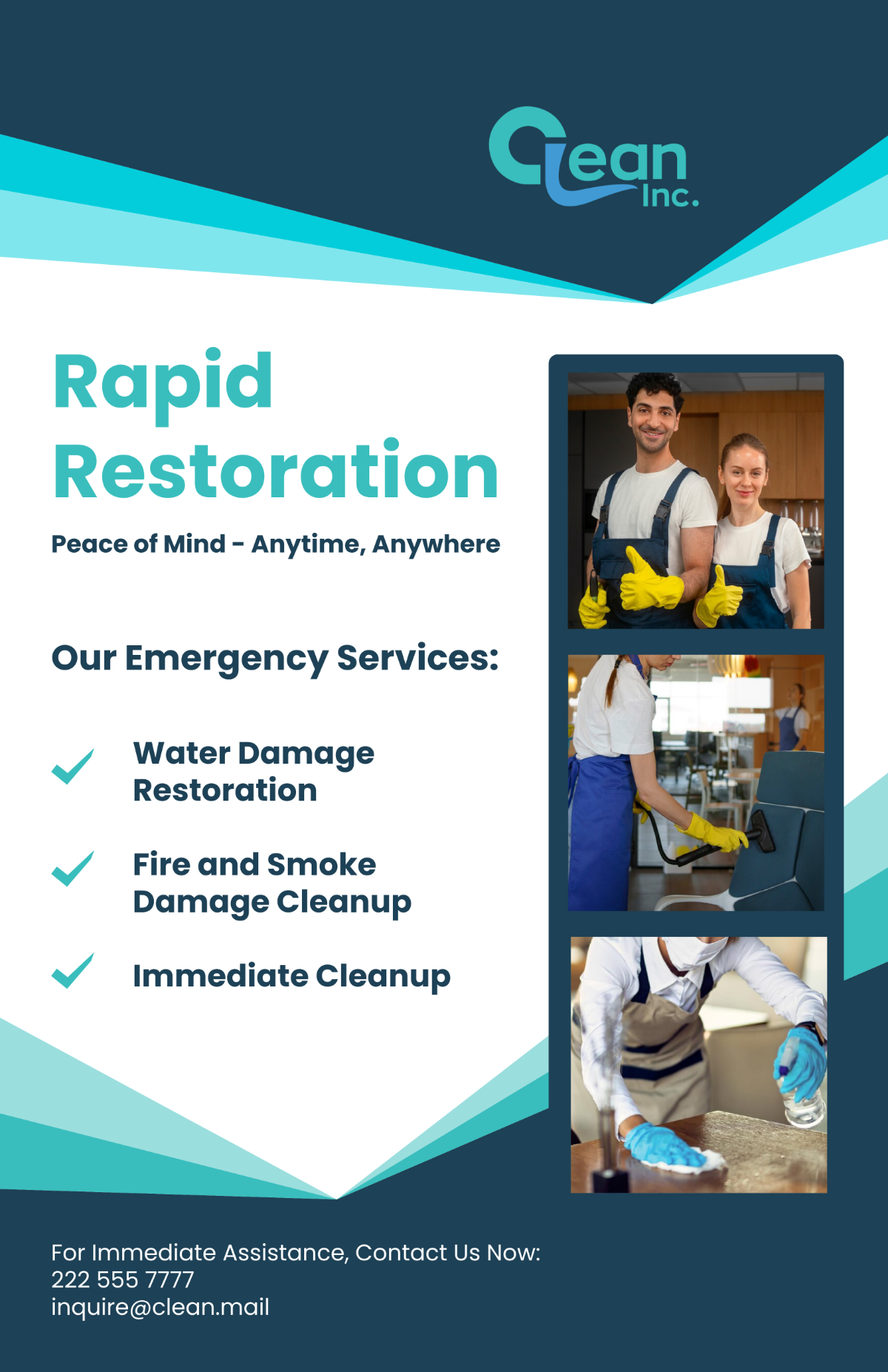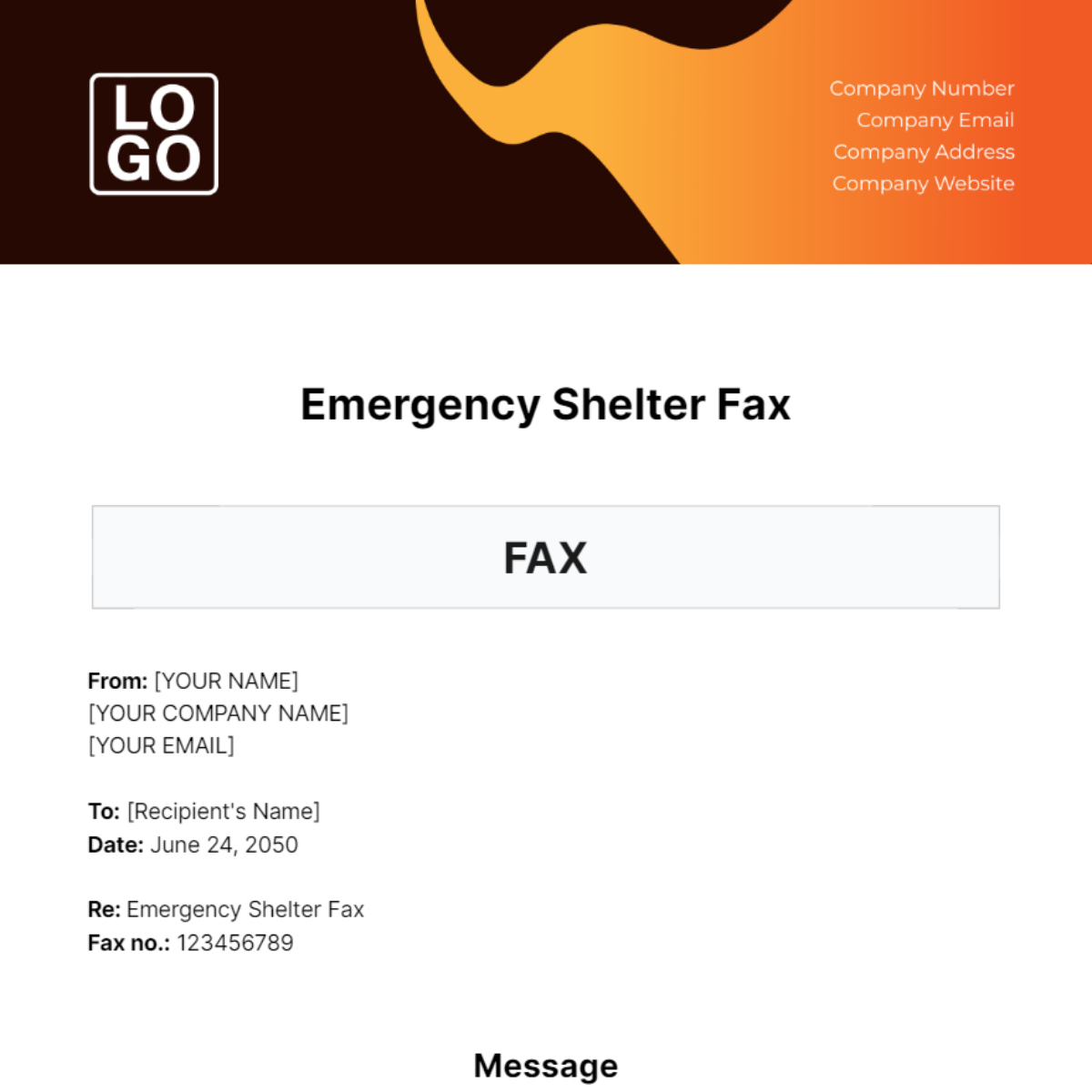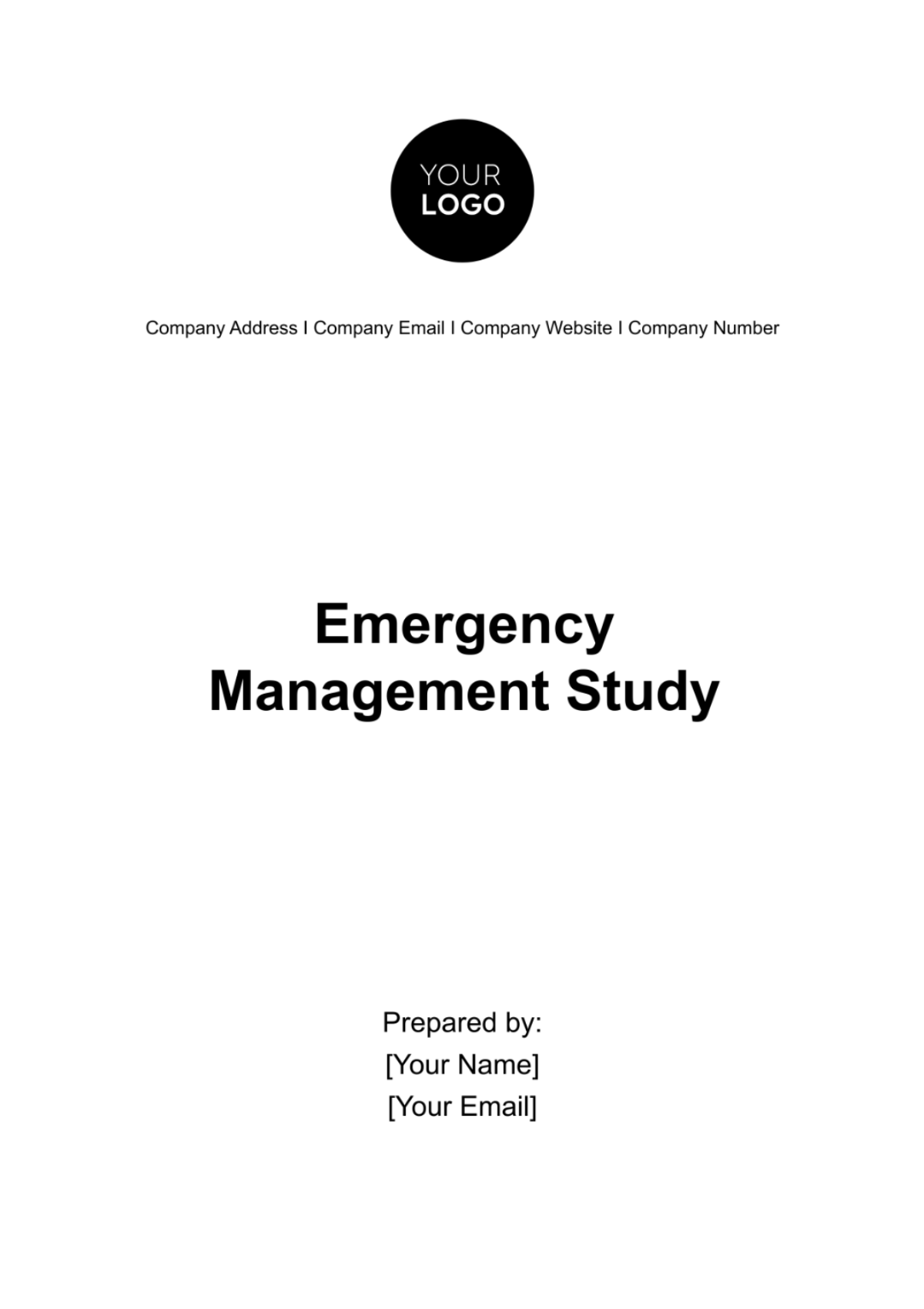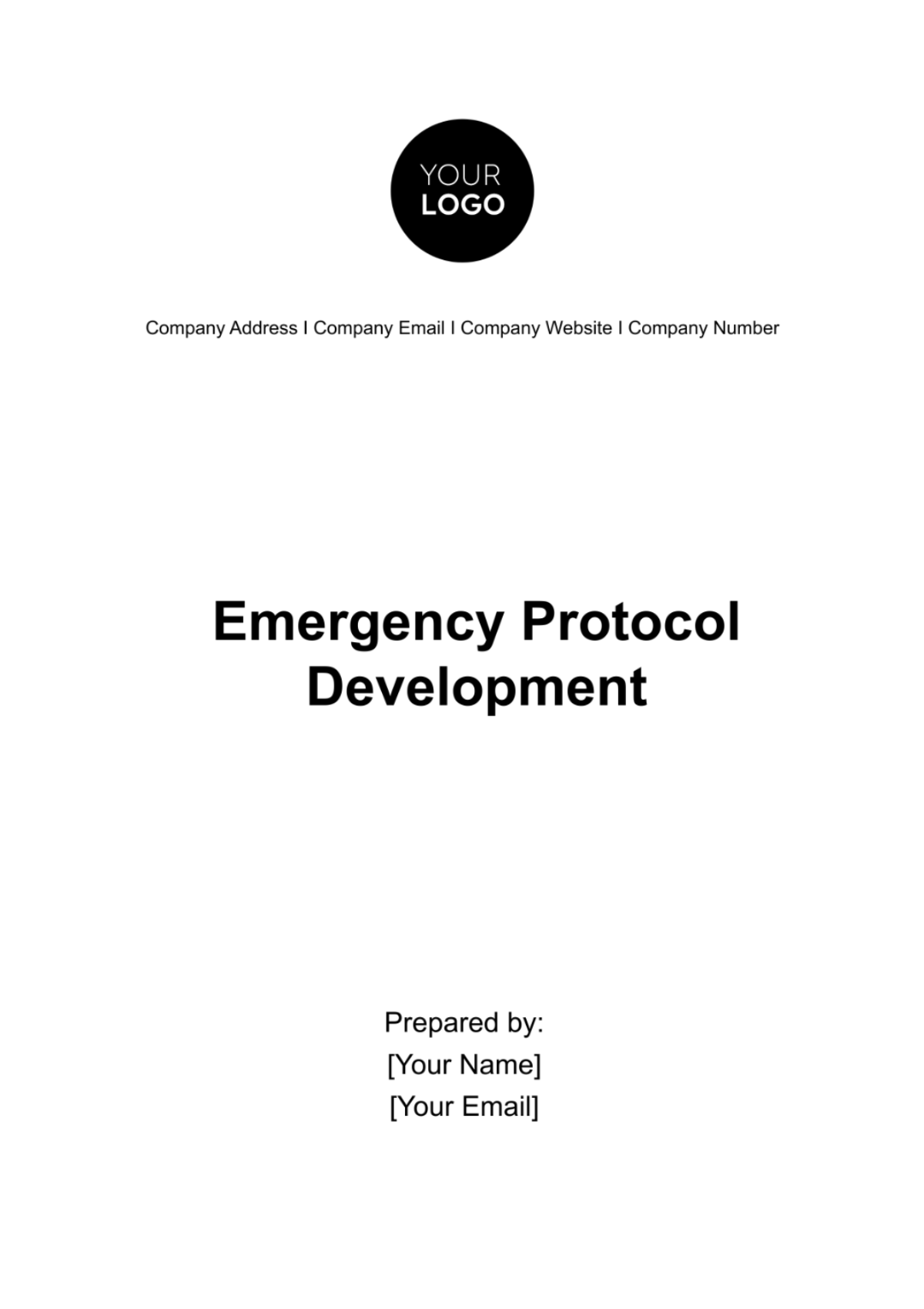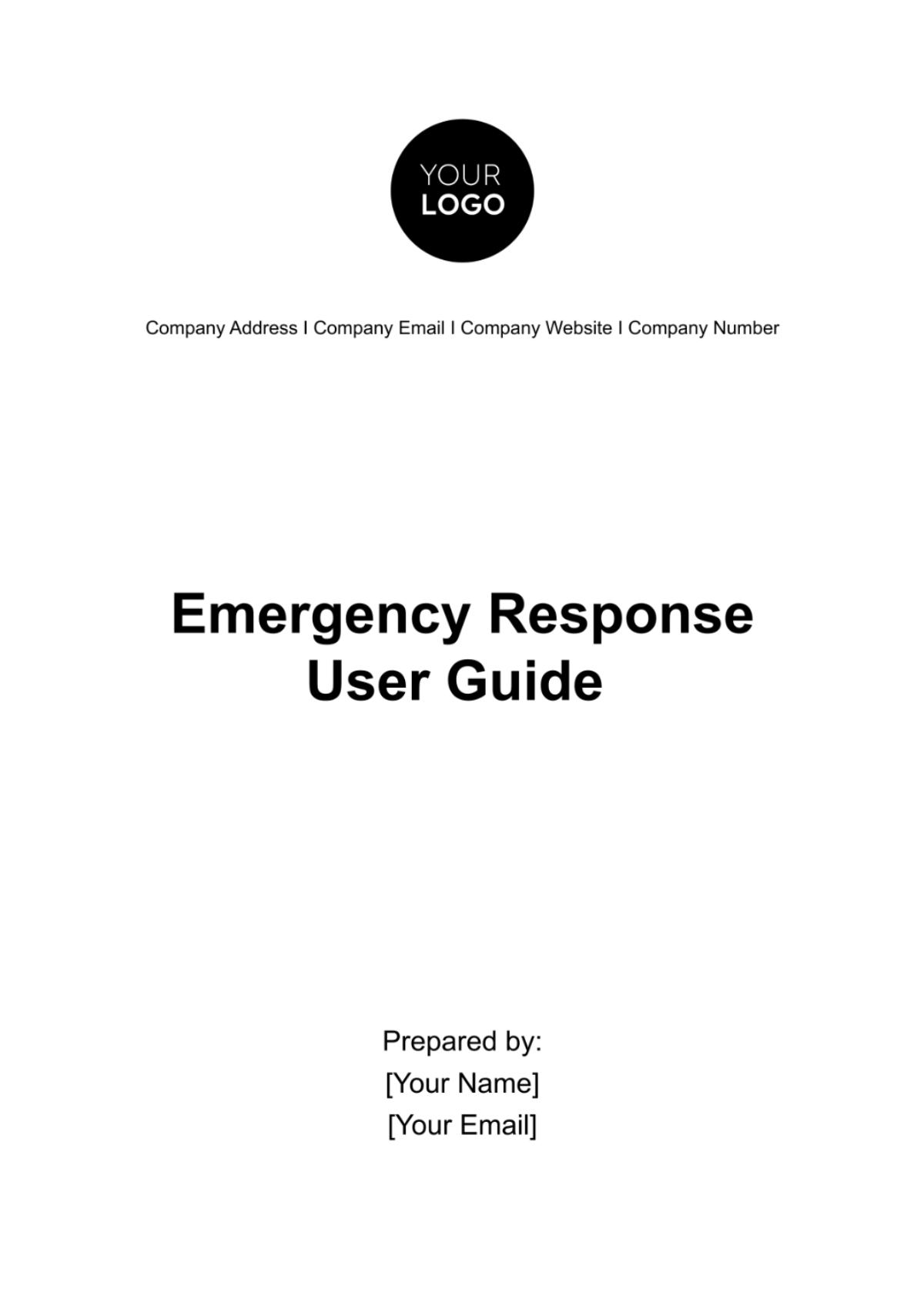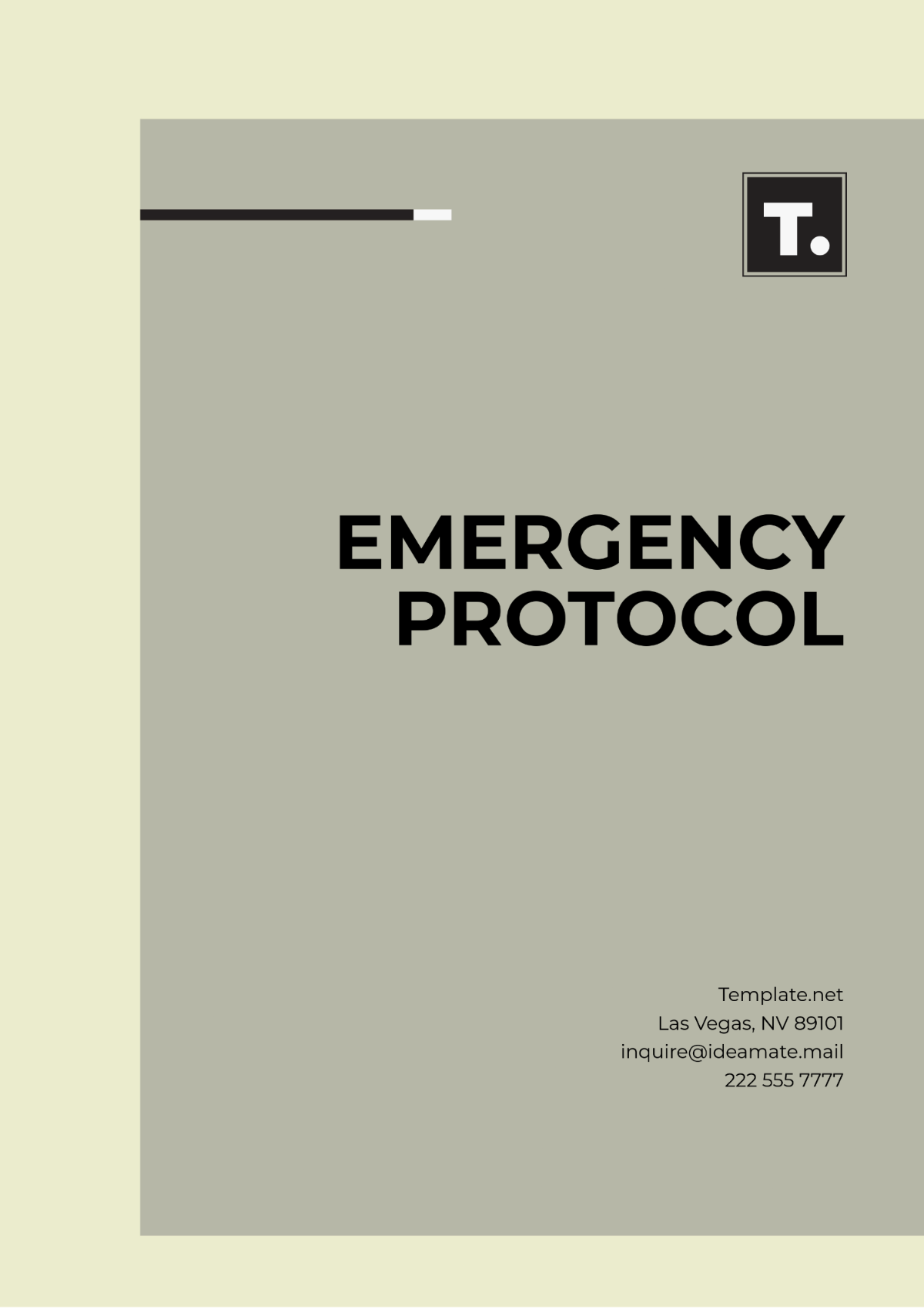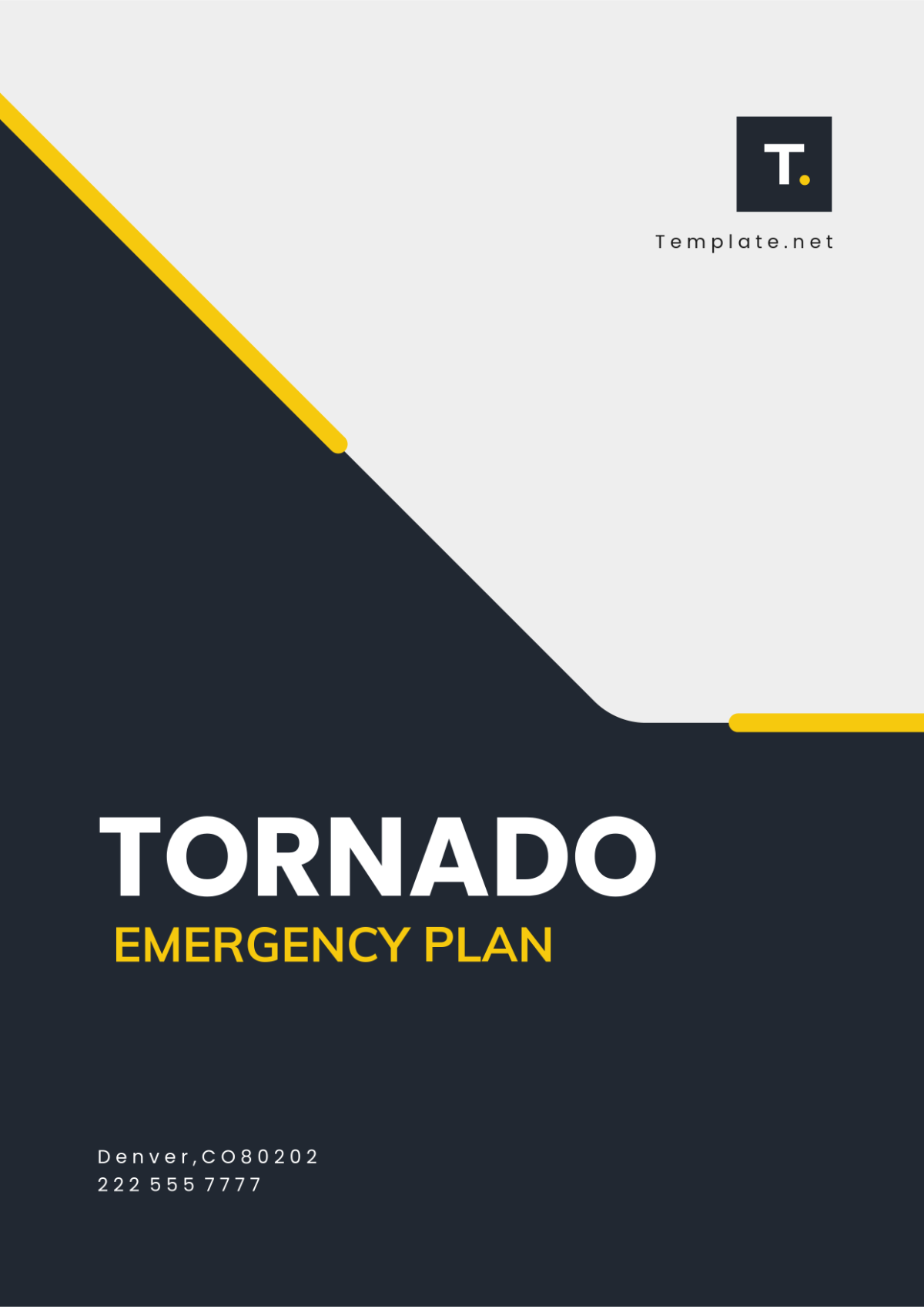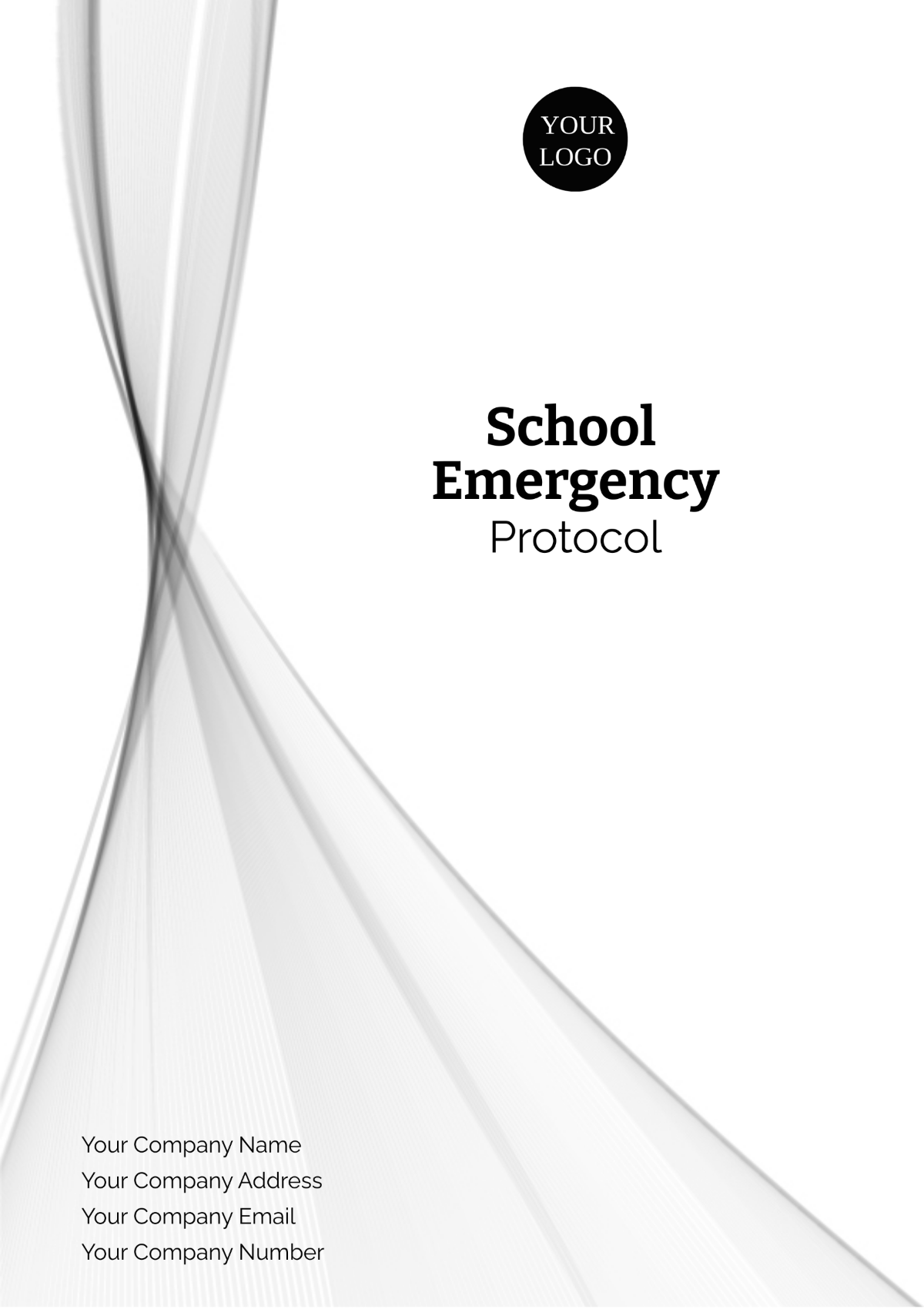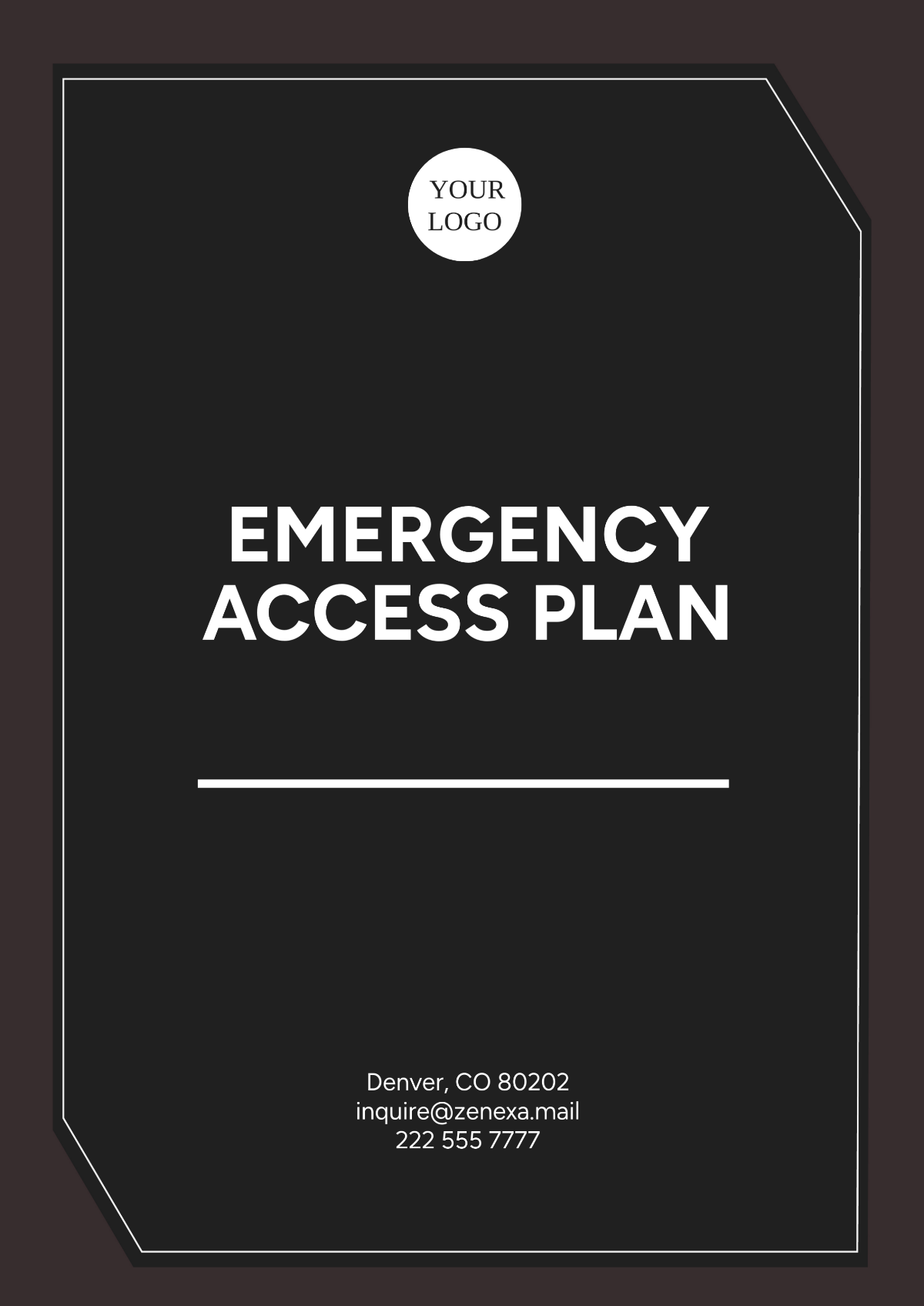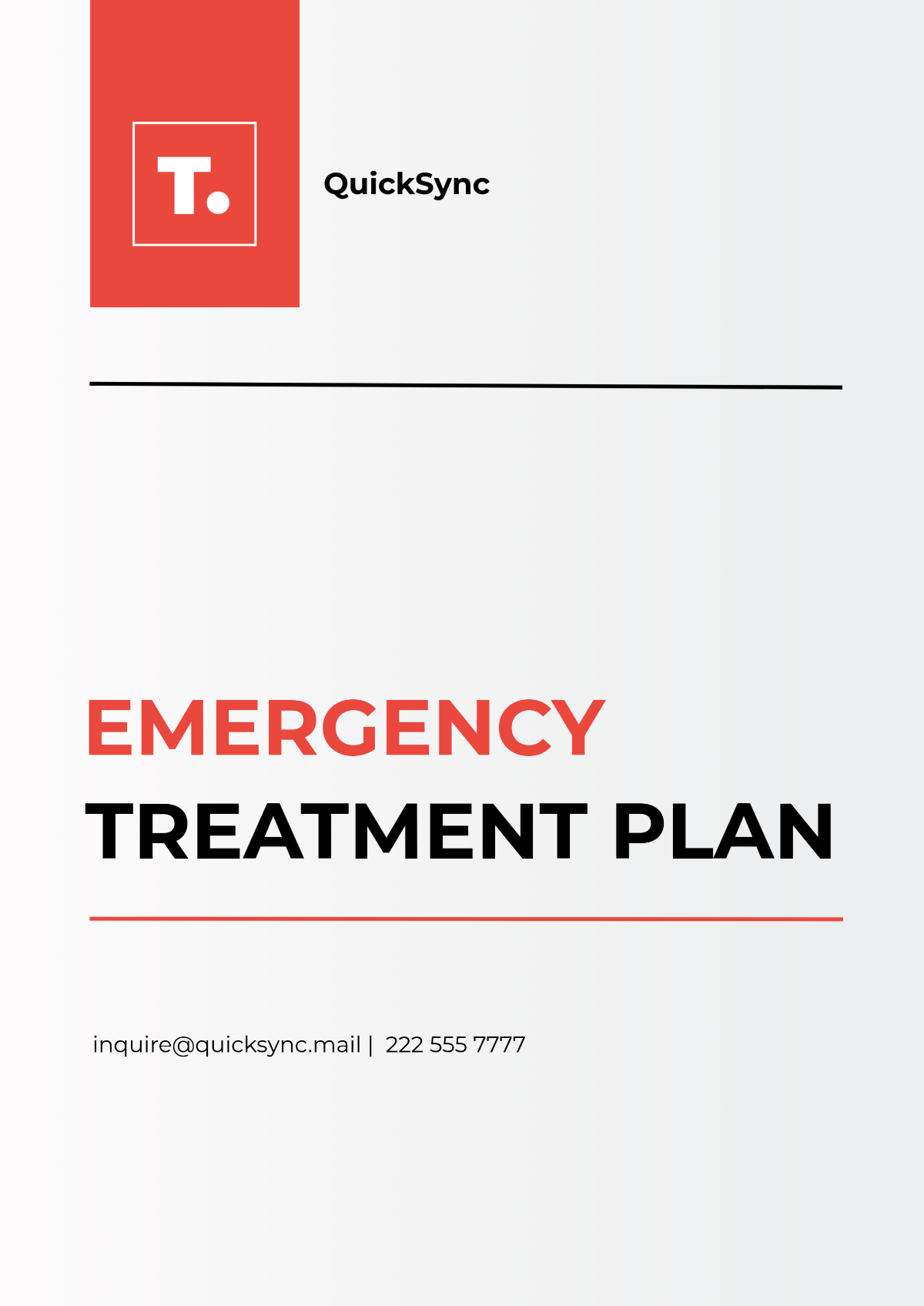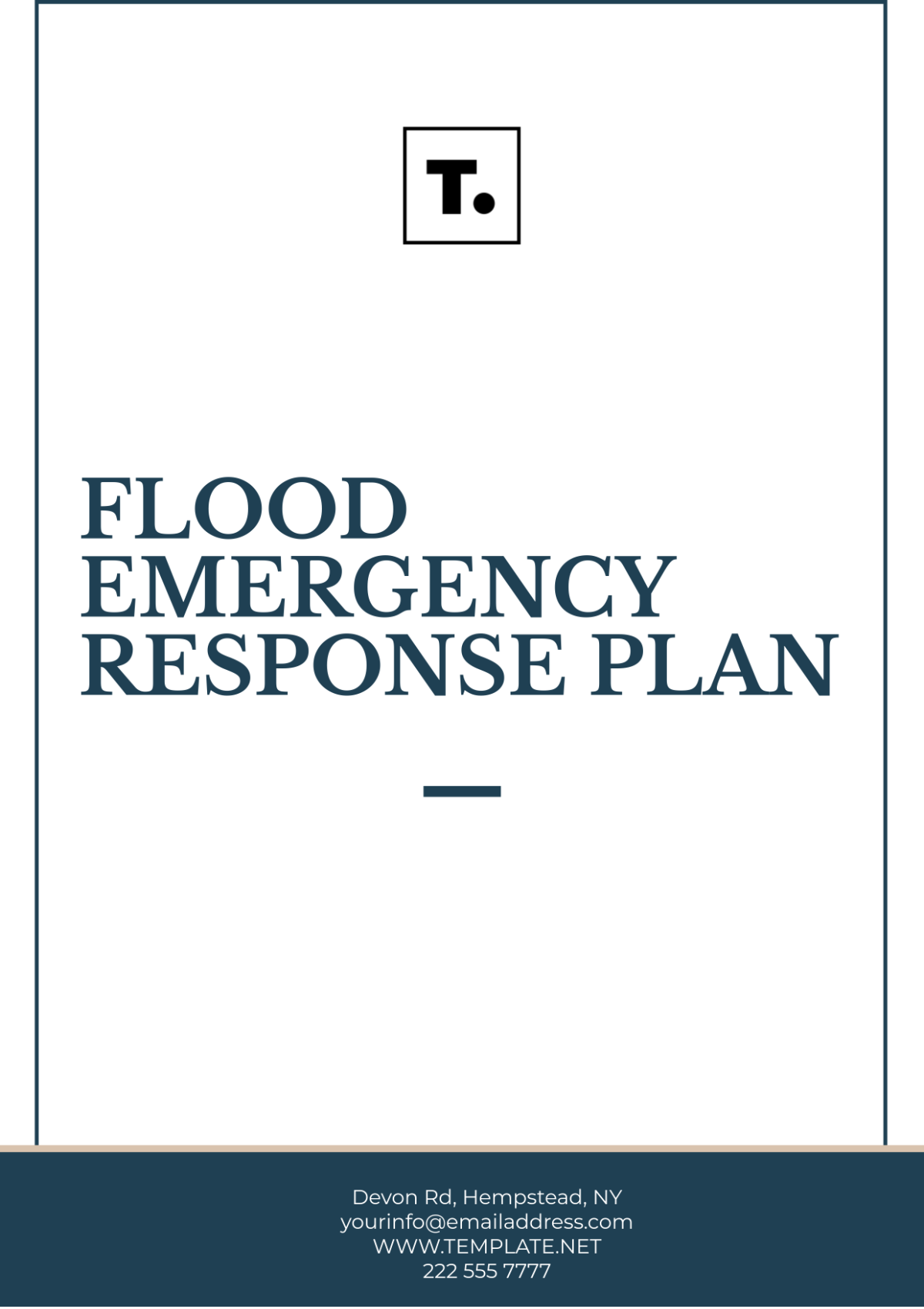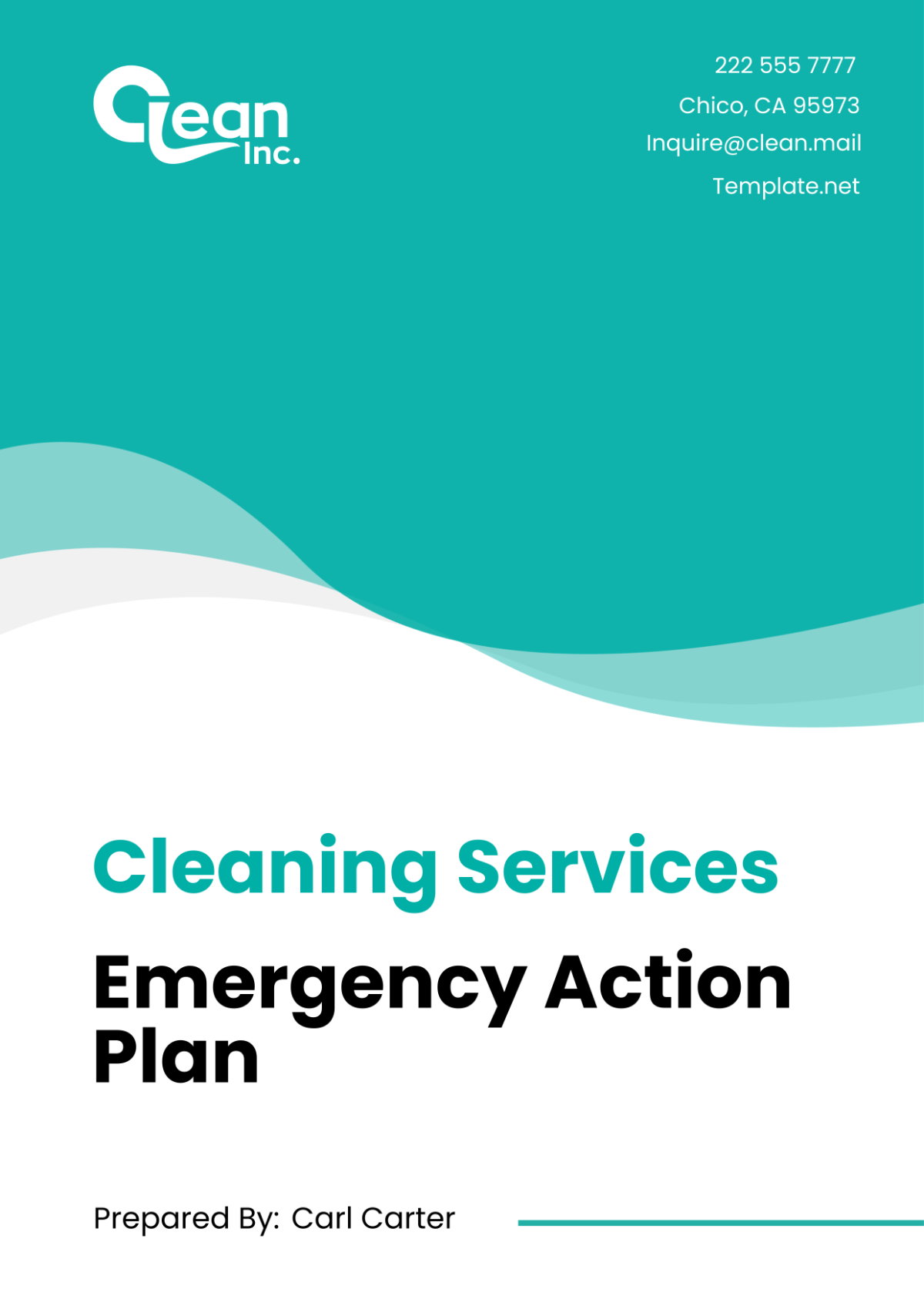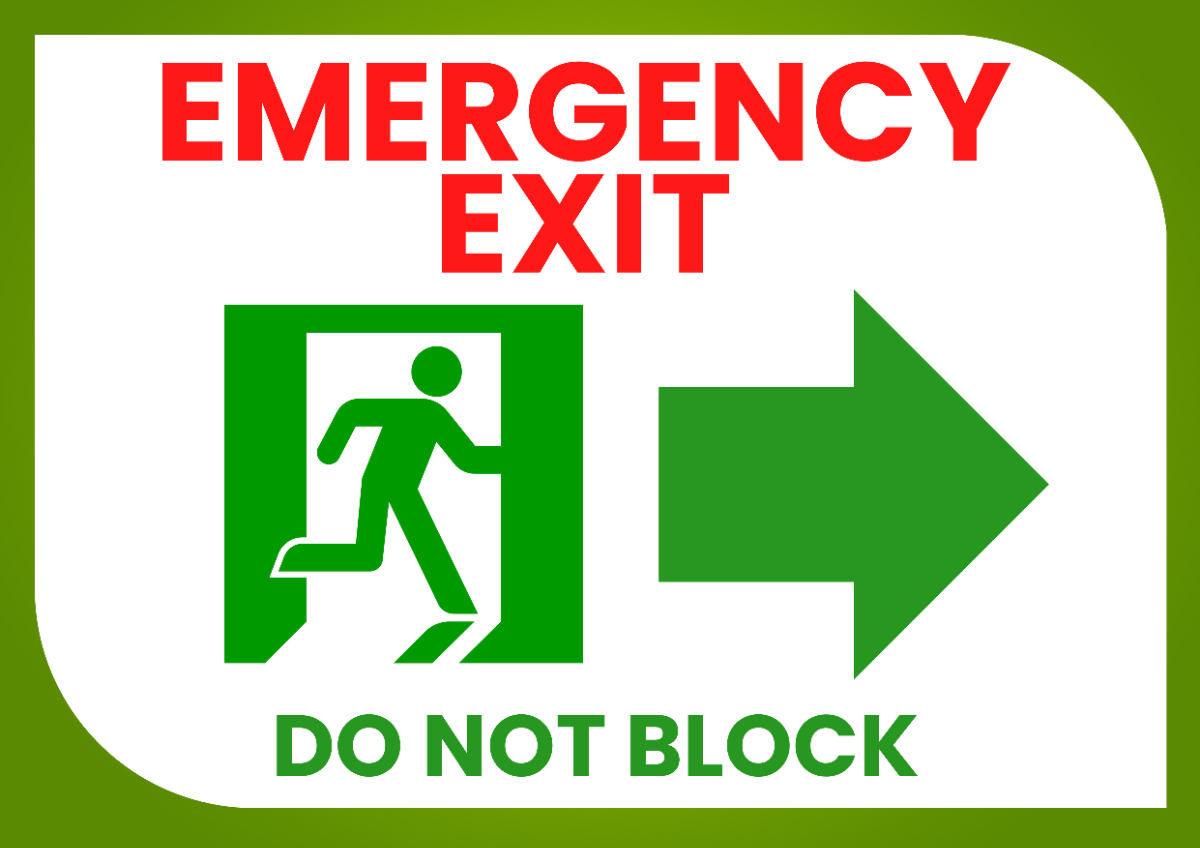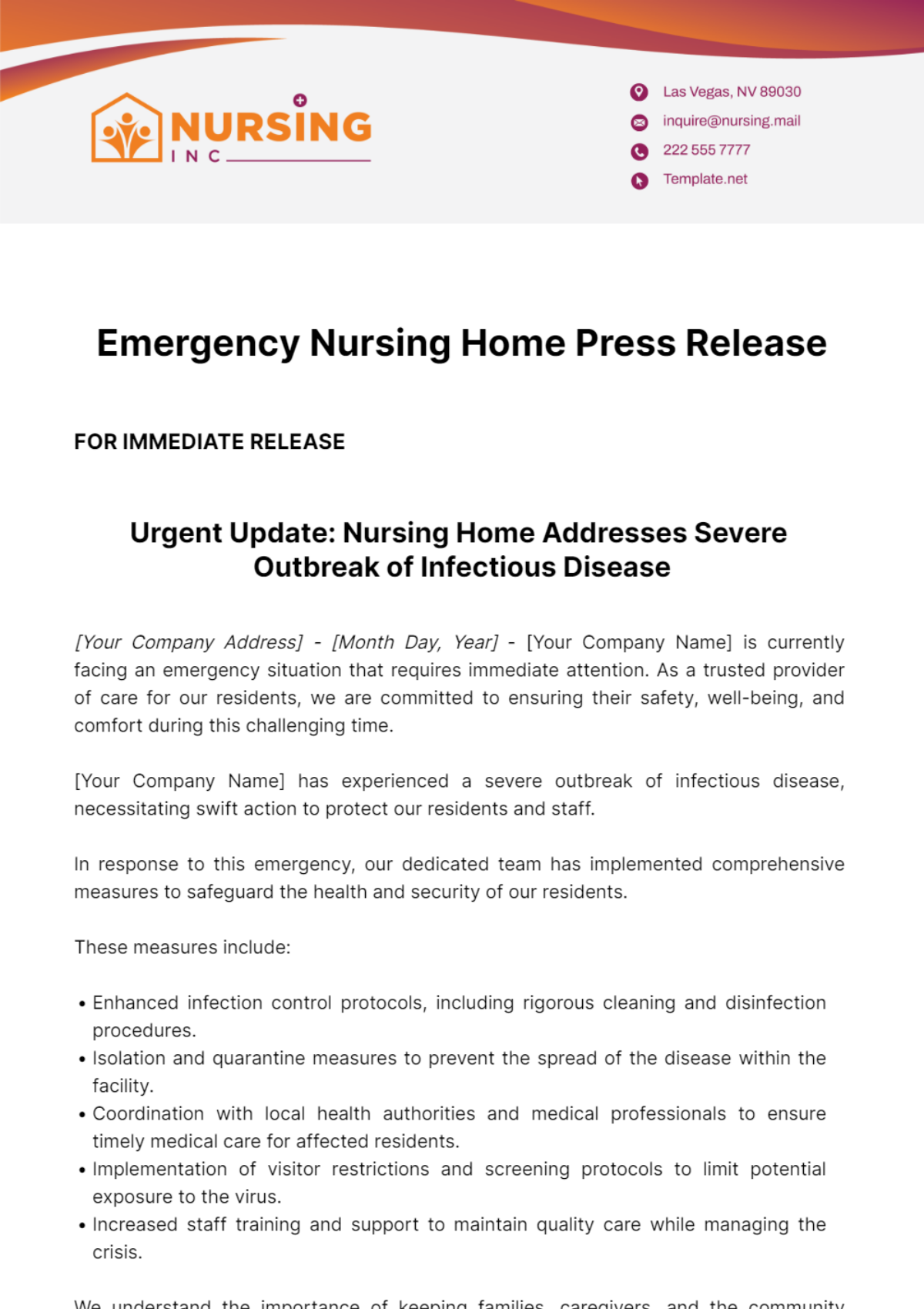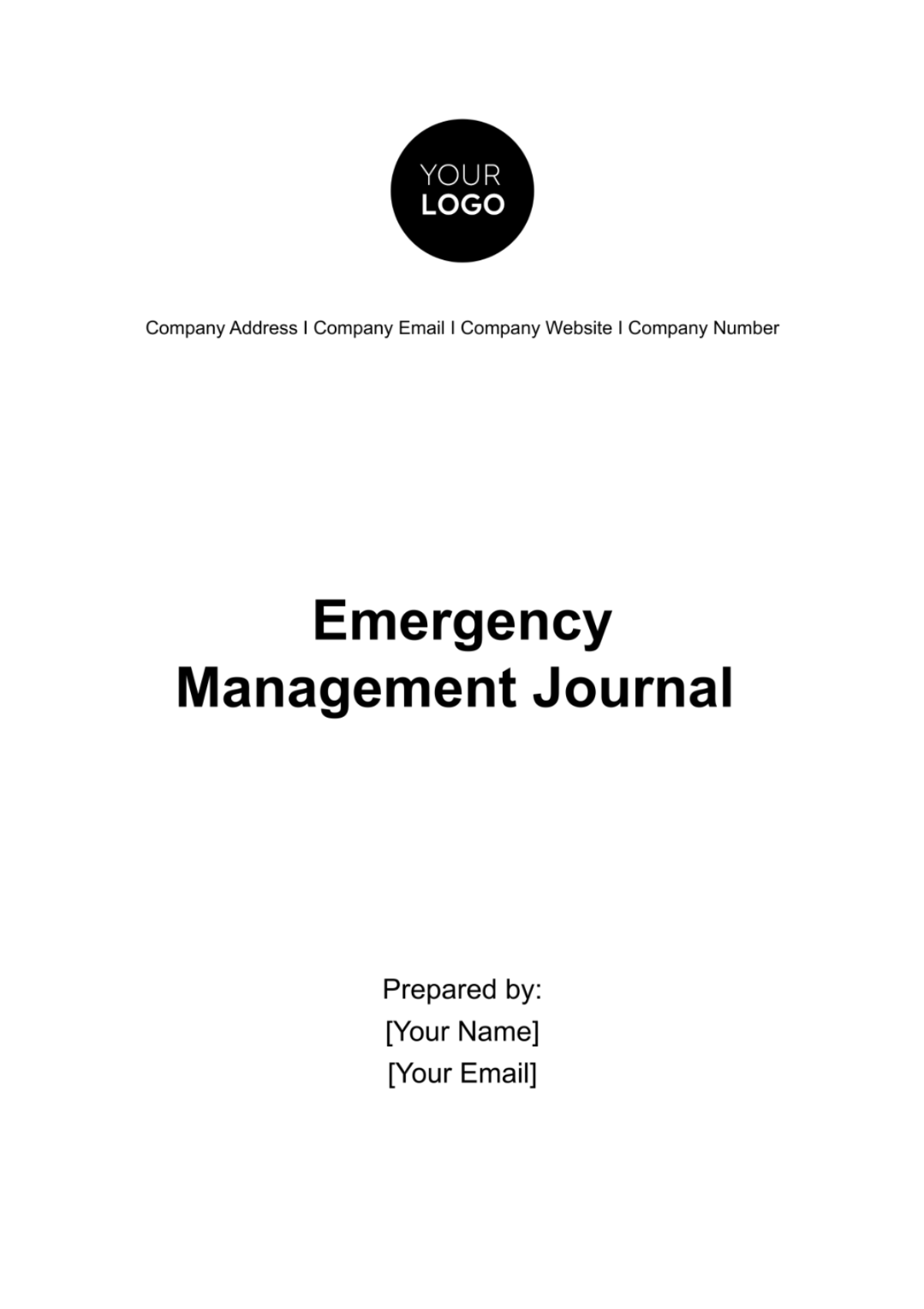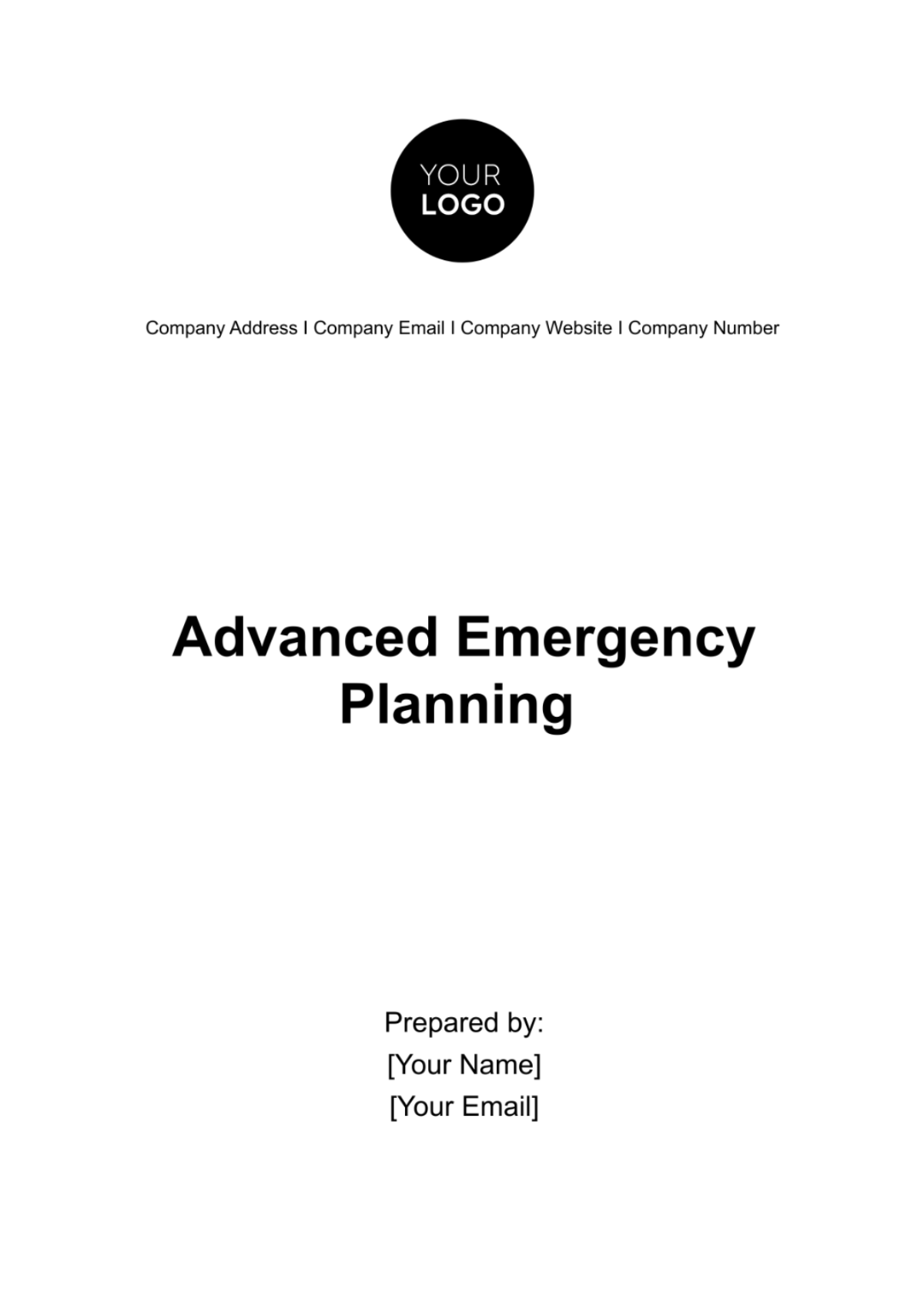Emergency Management Study
Introduction
Overview of the Emergency Management System
The Emergency Management System at [Your Company Name] is a framework designed to ensure the safety and well-being of all employees, visitors, and stakeholders in the event of an emergency. This system encompasses a wide range of procedures and protocols, covering everything from risk assessment to response and recovery.
Objectives of the Study
This study aims to evaluate the effectiveness of our current emergency management system, identify areas for improvement, and provide recommendations for enhancing our readiness and response capabilities. By doing so, we aim to foster a safer, more resilient workplace environment.
Emergency Management Policy
Definition and Scope
The Emergency Management Policy of [Your Company Name] is a set of guidelines and principles that govern the company's approach to preparing for, responding to, and recovering from emergencies. This policy applies to all forms of emergencies, including natural disasters, technological incidents, and human-caused events.
Policy Objectives
Ensure Safety: Elevate the protection and welfare of every individual within the company's vicinity, ensuring a secure and hazard-free environment.
Minimize Impact: Strategically minimize the adverse effects of emergencies on company operations and assets, ensuring swift recovery and continuity.
Compliance and Coordination: Adhere to all relevant legal and regulatory requirements while fostering robust collaboration with external agencies for streamlined and crisis management.
Strengthen Crisis Communication: Develop and maintain a comprehensive crisis communication plan that ensures clear information dissemination among all stakeholders, enhancing transparency and trust during emergency situations.
Organizational Structure for Emergency Management
Emergency Management Team
The Emergency Management Team is responsible for the development, implementation, and oversight of emergency management strategies and plans.
Role | Responsibilities |
Emergency Coordinator | Oversees the entire emergency management program, liaising with senior management and external agencies. |
Safety Officer | Assesses hazards, conducts risk assessments, and recommends safety measures. |
Communications Officer | Manages internal and external communication during emergencies. |
Logistics Officer | Ensures availability and allocation of resources during an emergency. |
Medical Officer | Provides medical guidance and oversees first aid responses. |
Communication Hierarchy
A clear communication hierarchy is established to ensure efficient information flow during emergencies.
Top-Down Communication: From the Emergency Coordinator to all team members.
Horizontal Communication: Among team members for coordination.
Bottom-Up Feedback: From employees to the team for on-ground insights.
Risk Assessment and Planning
Identification of Potential Emergencies
At [Your Company Name], we recognize the importance of identifying potential emergencies that could impact our operations. Our risk assessment process involves a thorough analysis of internal and external factors that could lead to emergencies. These include natural disasters like earthquakes and floods, technological incidents like power failures, and human-caused events like chemical spills.
Risk Analysis and Priority Setting
To prioritize risks effectively, we conduct a detailed analysis based on the likelihood of occurrence and potential impact. This analysis helps us focus our resources on the most significant risks.
Emergency Type | Likelihood | Impact | Priority |
Natural Disasters | Medium | High | High |
Technological Incidents | High | Medium | High |
Human-caused Events | Low | High | Medium |
Emergency Response Procedures
Immediate Response Actions
In the event of an emergency, [Your Company Name] has established a set of immediate response actions. These are designed to ensure the safety of all individuals and the security of critical assets. Actions include activating emergency alarms, evacuating the premises, and contacting emergency services.
Specific Procedures for Different Types of Emergencies
Different emergencies require different response strategies. Below is a table outlining specific procedures for various emergency scenarios.
Emergency Type | Response Procedure |
Earthquake | Initiate immediate evacuation, avoid elevators, and move to designated safe areas. |
Power Failure | Activate backup power systems, secure sensitive equipment, and provide emergency lighting. |
Chemical Spill | Evacuate the affected area, seal off ventilation systems, and activate spill containment measures. |
Resource Management
Inventory of Available Resources
[Your Company Name] maintains a detailed inventory of resources crucial for emergency response. This inventory is regularly reviewed and updated to ensure readiness. Key resources include first aid supplies, emergency equipment, backup power systems, and communication devices.
Resource Allocation and Management during Emergencies
Effective resource management is critical during emergencies. We have established protocols to ensure quick and efficient allocation of resources based on the nature of the emergency.
Resource Type | Management Strategy |
First Aid Supplies | Regular checks and replenishment, easy accessibility during emergencies. |
Emergency Equipment | Strategic placement throughout the premises, regular maintenance. |
Backup Power Systems | Routine testing, ensuring fuel supply for generators. |
Communication Devices | Availability of emergency communication devices to key personnel. |
Training and Awareness Programs
Employee Training Programs
Acknowledging the criticality of adept emergency response, our programs are designed to equip employees with essential skills. These programs encompass:
Advanced First Aid and CPR Training: Providing thorough instruction in lifesaving techniques.
Comprehensive Fire Safety and Evacuation Protocols: Conducting detailed drills and simulations to ensure preparedness in fire emergencies.
Training for Technological and Hazardous Material Incidents: Offering focused guidance for effectively managing technological malfunctions and chemical spills.
Emergency Drills and Simulations
Regular emergency drills and simulations are conducted to ensure that employees are familiar with emergency procedures and can respond appropriately. These drills are designed to be realistic and cover various scenarios.
Drill Type | Frequency | Objective |
Fire Drill | Biannually | Evacuation procedure familiarity. |
Earthquake Drill | Annually | Safety procedures during seismic events. |
Power Failure Simulation | Biannually | Preparedness for technology-related incidents. |
Awareness Initiatives
Our robust awareness campaigns play a pivotal role in cultivating a vigilant safety culture. These campaigns feature:
Informative Monthly Safety Bulletins: Distributing in-depth safety updates and insights.
Expert-Led Safety Awareness Workshops: Hosting sessions with specialists to deepen safety knowledge and practices.
Strategic Display of Emergency Guidelines and Contact Resources: Ensuring visible and accessible emergency instructions and essential contacts across the company premises.
Coordination with External Agencies
Collaboration with Local Authorities
[Your Company Name] recognizes the importance of close collaboration with local authorities to enhance emergency preparedness and response. Our engagement with local emergency services, law enforcement, and governmental agencies is structured as follows:
Regular Meetings and Information Sharing: We hold quarterly meetings with local emergency services to discuss potential risks in the community, share updates on emergency preparedness strategies, and align our emergency response plans with local guidelines.
Joint Emergency Drills: Annually, we coordinate with local fire and police departments to conduct joint emergency drills. These drills are designed to test the interoperability of our emergency response with local authorities and refine coordination mechanisms.
Partnerships with External Emergency Services
To bolster our capabilities in handling specialized emergencies, we have formed strategic partnerships with external emergency service providers:
Hazardous Material Response Teams: For incidents involving hazardous materials, we have agreements with certified hazmat response teams who can be mobilized quickly to manage and mitigate such risks.
Technical Rescue and Medical Services: In collaboration with specialized technical rescue teams and medical service providers, we ensure that advanced rescue and medical support is available, especially for scenarios like structural collapses or severe workplace accidents.
Community Engagement and Preparedness
Understanding the importance of community preparedness, [Your Company Name] actively participates in local community safety programs:
Community Safety Workshops: We host and participate in workshops aimed at educating the community about safety practices, emergency preparedness, and response strategies.
Information Sharing with Neighboring Businesses: Collaboration with neighboring businesses is crucial for coordinated emergency response in our business district. We share best practices and engage in joint emergency planning sessions.
Emergency Communication Systems with External Agencies
Efficient communication during emergencies is vital. We have established dedicated communication channels with external agencies:
Emergency Communication Network: A dedicated network ensures that we can communicate quickly and effectively with external agencies during an emergency.
Real-Time Incident Reporting Systems: We utilize advanced incident reporting systems that allow real-time information sharing with local authorities during emergency situations.
Continuous Improvement and Updating
Review and Update Mechanisms
To maintain an effective emergency management system, [Your Company Name] commits to a continuous improvement process. This involves regular reviews of emergency procedures, updating of resources, and incorporation of feedback from drills and actual emergency situations.
Aspect | Review Frequency |
Emergency Procedures | Annually |
Resource Inventory | Biannually |
Training Programs | Annually |
Incorporation of Lessons Learned
Learning from past experiences, both from internal incidents and industry-wide events, is a key component of our strategy. We regularly analyze these events to identify lessons and incorporate them into our emergency management practices.
Conclusion
This study has provided a comprehensive overview of the current state of [Your Company Name]'s emergency management system. It highlights the strengths of our approach, including robust risk assessment, detailed emergency procedures, effective resource management, and strong external partnerships. While [Your Company Name] has a solid foundation in emergency management, there is always room for improvement. By continuously evolving our practices and protocols, we can better safeguard our employees, property, and the community.
